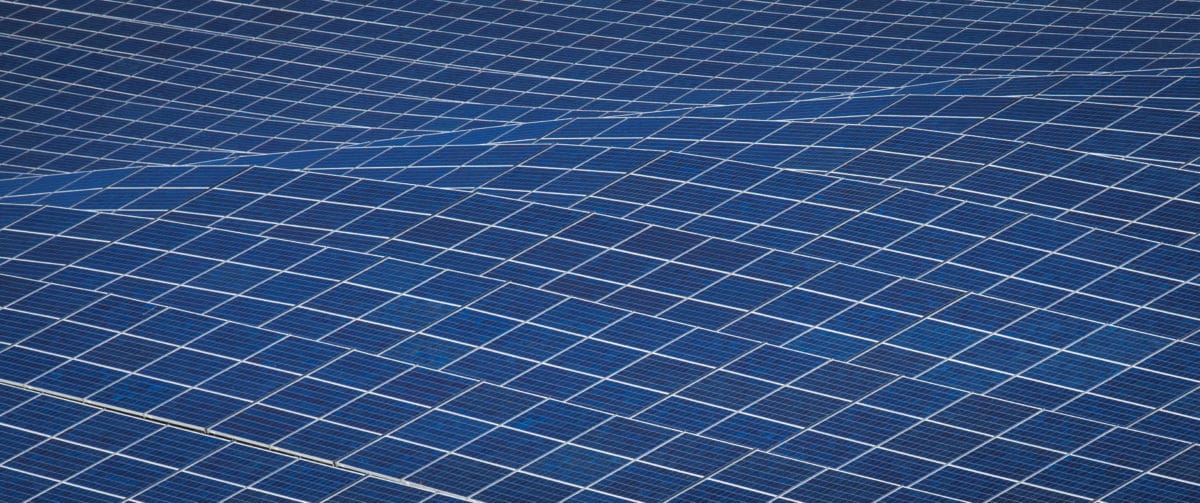When the the Inflation Reduction Act was passed in August, the future looked bright for solar in the United States due to the $370 billion earmarked for supporting renewable energy buildout and boosting climate resilience. Just a month later, Wood Mackenzie reports the largest quarter-over-quarter growth on record with 10 GW of new utility-scale solar capacity contracts in Q2, up 201% from Q1.
This activity accounted for the largest quarterly contracted capacity since 2019 and brought the contracted pipeline to the all-time high of 88 GW.
“We are seeing a lot of optimism right now in renewables with the passage of the Inflation Reduction Act,” said Sylvia Leyva Martinez, senior research analyst with Wood Mackenzie. “The utility-scale solar segment is seeing a real boost of interest and investment. There are still some short-term challenges for installations, as we continue to grapple with supply chain challenges, but the future looks very bright.”
The IRA has created an optimistic outlook, with a high rate of contracts being signed. But Wood Mac analysts estimate that it will take until 2025 when project timetables catch up, supply chains cease, and projects are in the ground. Wood Mackenzie is projecting that the U.S. utility-scale PV market will add 437 GW between 2022 and 2032.
The U.S. registered 2.7 GW of utility-scale solar installations in Q2, up 24% from the previous quarter. More than half of the activity (53%) was driven by Texas. The Southeast was also active, with Florida and Georgia recording strong gains as well at 12% and 11%, respectively.
Despite the increase, the aforementioned supply chain constraints continue to hamper the industry. This quarter was the lowest Q2 for installations since 2019 and the fifth lowest quarter in that timeframe.
“We are seeing diversification in the pipeline, with New York and Florida both with more than 5 GW of projects in development,” said Matthew Sahd, research associate at Wood Mackenzie.
“Utilities continue to be the strongest driver, but their share of the pipeline continues to decrease. The increase of corporate-driven procurement has made up for this – which should continue to drive more activity in the future,” said Sahd.
This content is protected by copyright and may not be reused. If you want to cooperate with us and would like to reuse some of our content, please contact: editors@pv-magazine.com.









By submitting this form you agree to pv magazine using your data for the purposes of publishing your comment.
Your personal data will only be disclosed or otherwise transmitted to third parties for the purposes of spam filtering or if this is necessary for technical maintenance of the website. Any other transfer to third parties will not take place unless this is justified on the basis of applicable data protection regulations or if pv magazine is legally obliged to do so.
You may revoke this consent at any time with effect for the future, in which case your personal data will be deleted immediately. Otherwise, your data will be deleted if pv magazine has processed your request or the purpose of data storage is fulfilled.
Further information on data privacy can be found in our Data Protection Policy.